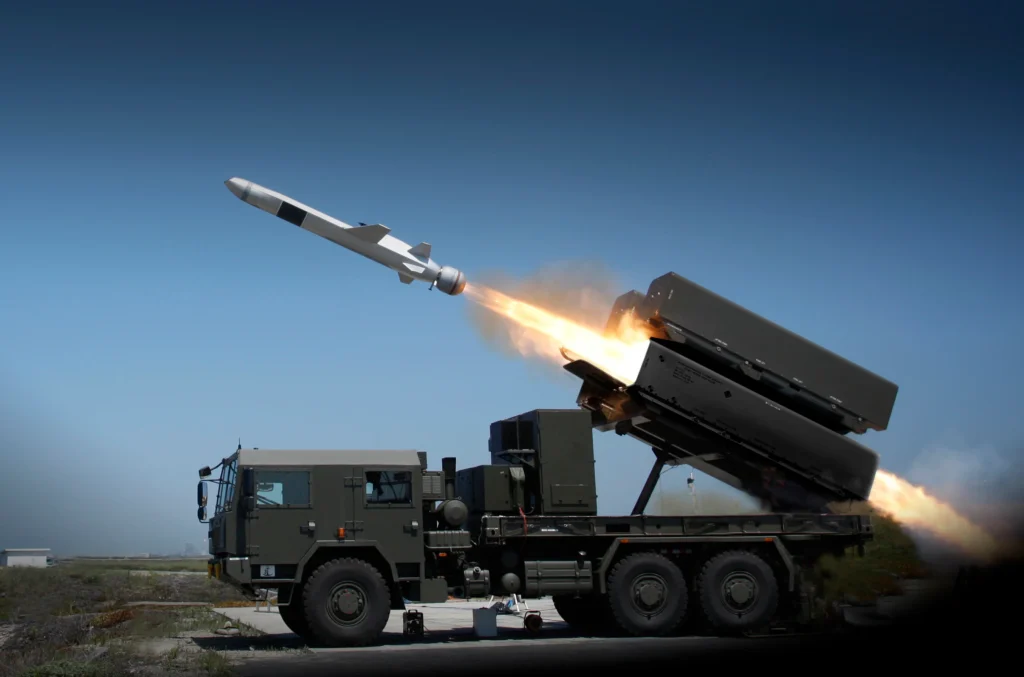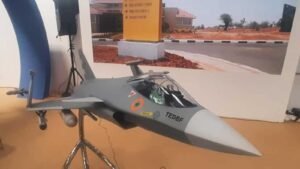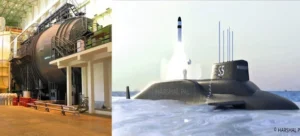Source : Alpha Defense

India developing Coastal Rocket System for Anti-Submarine Warfare
India is making great stride in its military capabilities by initiating a new coastal rocket system program for the Indian Navy’s anti-submarine warfare needs. The rocket system is being designed to meet specific requirements laid out by the Navy, which include a range of up to 150 kilometers, a length not exceeding 5.5 meters, a caliber between 0.2 and 0.3 meters, and the ability to carry multiple rockets enclosed in a pod-based arrangement. Each pod must not exceed dimensions of 5.5 meters in length, 1.1 meters in breadth, and 1.2 meters in height, and must carry at least four rockets. Each vehicle must have at least 12 rockets.
Coastal ASW capability
The Navy has stipulated that the system must have all solid propulsion, and must be equipped with in-air and under-water guidance systems. The intended role of the system is anti-submarine warfare from the shore. The rocket is to operate in the supersonic range, and the speed of the rocket must be maintained at 3 Mach to ensure minimum latency when attacking targets. The system must have an ASB-class (PBHE or other equivalent) warhead capable of omni-directional blast for neutralizing enemy submarines, and the rocket must have a shelf life of at least 15 years.
The system must also have the capability to attack underwater targets over 360° coverage at designed ranges, and must have a maximum weight of 350 ± 20 kg complete with associated equipment. The release of the rocket at the probable target location by the launcher with 90% reliability up to ranges of 40 Nm shall be achievable within the CEP of s; 40m. The target data (not limited to) would be based on external inputs. Salvo launch capability shall be available in the system.

The SB-GR system should be capable of undertaking firings in two modes – Centralized Mode and Manual Mode. In Centralized Mode, the system shall be capable of firing the rockets with onboard FCS in Command Post. The FCS shall be capable of receiving target data through CMS using IN’s communication system. In Manual Mode, there shall be provision for manual input of target data parameters on FCS.
A Command Post with FCS for SB-GR onboard a rugged military vehicle shall serve as the control station. The communication protocols for the Command Post shall be compatible with IN’s communication system. The FCS of SB-GR shall be integrated with CMS to support the launch of SB-GR. The Command Post shall have a facility for data transmission and reception via U/VHF, HF and SATCOM from MoCs. The Command Post shall have an arrangement for manning by a minimum of four personnel.
The rocket system is expected to comprise one battery, which will include a Launcher Vehicle, a Command Post, a Loading Vehicle, and a Replenishment Vehicle. However, estimates suggest that up to ten such batteries may be required.
RBU-6000 vs New Coastal Rockets
The Indian Navy’s new coastal rocket battery is set to be a significant upgrade over its existing RBU-6000 rocket launcher system. While the RBU-6000 has been a reliable anti-submarine warfare system for the Indian Navy, the new coastal rocket battery is expected to offer improved performance, range, and versatility.

One of the major advantages of the new coastal rocket system is its longer range. With a range of up to 150 kilometers, it will be capable of detecting and engaging enemy submarines at greater distances, giving the Indian Navy a decisive advantage in the event of a conflict. The RBU 6000, on the other hand, has a range of only up to 8 kilometers, limiting its effectiveness in certain scenarios.
Moreover, the new system is designed to be more versatile and adaptable to different mission requirements. It features a pod-based arrangement, which allows for multiple rockets to be enclosed in a single pod, making it easier to transport and deploy. Each pod can hold at least four rockets, and each vehicle in the battery will carry at least 12 rockets.
Step ahead in the right direction
Another significant improvement is the use of solid propulsion, which provides higher reliability and performance compared to liquid propulsion systems. The new system also features advanced in-air and underwater guidance systems, which enhance its accuracy and effectiveness.
In terms of its warhead, the new system will be equipped with an ASB-class warhead, capable of an omnidirectional blast to neutralize enemy submarines. It is also designed to have a shelf life of at least 15 years, ensuring long-term reliability and effectiveness.
The new coastal rocket battery will have a maximum weight of 350 ± 20 kg, including associated equipment. It will also have salvo launch capability and be capable of undertaking firings in centralized and manual modes.
Verdict
Overall, the Indian Navy’s new coastal rocket battery is poised to be a game-changer in the field of anti-submarine warfare. Its longer range, improved versatility, and advanced technology make it a significant upgrade over the RBU 6000, and will greatly enhance the Indian Navy’s ability to defend its coastline and territorial waters.
In conclusion, India’s development of a coastal rocket system with advanced capabilities for anti-submarine warfare demonstrates the country’s commitment to enhancing its defense capabilities. The system’s technical specifications show that it is designed to provide the Indian Navy with an effective solution for safeguarding the nation’s coastal waters against potential threats from enemy submarines. IgMp







